Originally, this post was titled Nine Deadly Plants: The Good Post for Poisoning Your Enemies. I (David) changed it, as we would hate to have anyone get rid of their problems hurt another human being with these highly useful toxic plants. Also, my daughter has a morbid sense of humor.
Nine Deadly Plants: Do You Have Any of These in YOUR Yard?
Whether a toddler chews oleander leaves, or a mad lover poisons her rival, stories of poisonings are common. These nine deadly plants are some of the most notorious poisoners out there.
Ackee
Blighia sapida
The pod and seeds of ackee are very poisonous. The arils, when the pod splits open on the tree, are edible. Ackee poisoning is popularly called Jamaican vomiting sickness. According to The American Journal of Tropical Medicine and Hygiene, “Toxicity is dose dependent and usually manifests within 6–48 hours of ingestion with recovery usually within 1 week. Symptoms begin with intense vomiting, followed by a quiescent phase and then subsequently more vomiting, seizures, and coma. In fatal cases, death usually occurs within 48 hours of ingestion. Hypoglycemia and hepatic injury have been found to accompany the clinical manifestations.”
For more information on ackee, visit my article here.
Angel’s Trumpet
Brugmansia candida
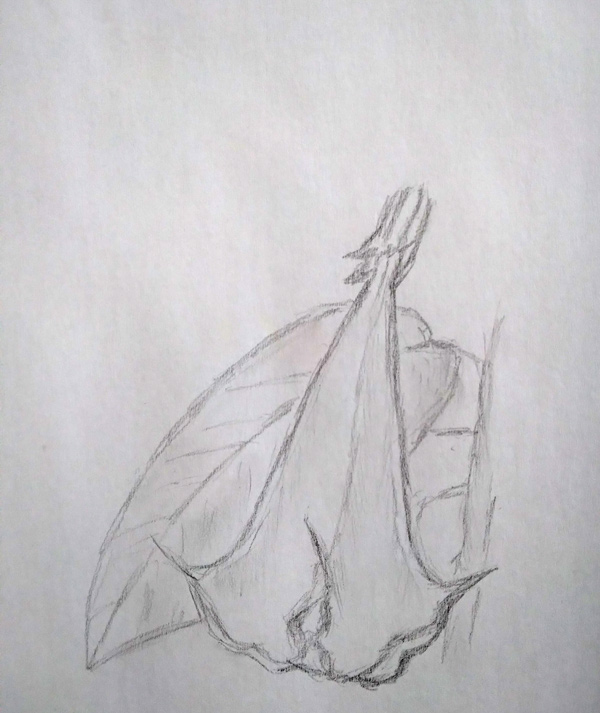 Angel’s trumpet is a beautiful flower. But if the leaves or flowers are eaten, disaster strikes. It can cause weakness, constipation, rapid heart rate, depression, hallucinations, death, dilated pupils and blurred vision. Even handling the plant can irritate your eyes.
Angel’s trumpet is a beautiful flower. But if the leaves or flowers are eaten, disaster strikes. It can cause weakness, constipation, rapid heart rate, depression, hallucinations, death, dilated pupils and blurred vision. Even handling the plant can irritate your eyes.
Castor Bean
Ricinus Communis
Castor bean is an annual shrub with deeply lobed leaves, prickly seedpods and large, speckled seeds. Some varieties have red stems. The plant can reach over ten feet tall in a single growing season. Only the seeds of the castor bean plant are poisonous. Three to four seeds can kill a person.
Deadly Nightshade
Atropa Belladonna
The deadly nightshade is a perennial found in Asia, Europe, and North America. It grows to about three feet tall, and has oval-shaped leaves and purple-brown flowers. It produces berries, which start as green and ripen to red. The entire deadly nightshade plant is poisonous. If you just rub against the plant, it will cause skin irritation. But the alluring deadly berries are the most commonly eaten. The symptoms of poisoning are rapid heartbeat, confusion, hallucinations, seizures and death.
Manchineel
Hippomane Mancinella
Manchineel is a short tree common in the Caribbean and Central America. It produces a highly irritating sap, and it also produces a deadly fruit. The fruit is small and green, and when eaten, causes the mouth and throat to swell closed.
Oleander
Nerium Oleander
Oleander is a small ornamental shrub. It is popular for its pink, yellow, or white blossoms. Unfortunately, there are many deaths surrounding this beautiful plant. Oleander causes nausea, vomiting, severe weakness, irregular pulse, and a decreased heart rate that leads to death.
Rosary Peas
Abrus Precatorius
The rosary pea is a vine that climbs ten to fifteen feet high. It has pale violet flowers, and produces pods which contain the deadly seeds. Each seed is bright red with one black dot on it. They are so toxic that a single seed, chewed well, would kill a person.
Water Hemlock
Cicuta spp.
Water hemlock is a very dangerous plant. It has umbrella-shaped clusters of white flowers and lacy foliage. Most people think the root is edible, which makes it is responsible for many deaths. It only takes a nibble or two to get a lethal dose of toxin.
Don’t confuse it with elderberry!
Yew
Taxus Baccata
The yew is a slow growing evergreen that can live two to three centuries. Every part of the yew is poisonous with the exception of the flesh of its berrylike fruit, that even contains a poisonous fruit. Eating just a few seeds or leaves with bring on gastrointestinal symptoms, a dangerous drop in pulse rate, and possible heart failure.
A lot of the information on this article can be found in Amy Stewart’s very entertaining book “Wicked Plants.”
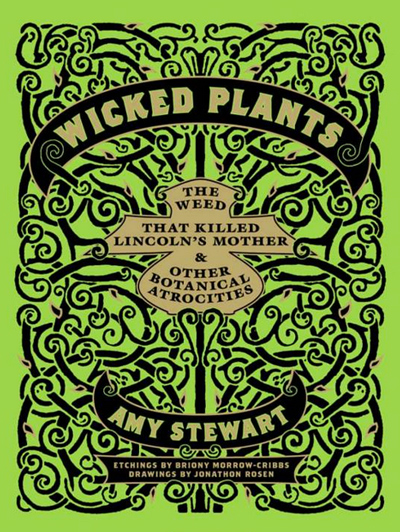
You can buy her book here.
All of the plant illustrations in this post were hand drawn by Daisy The Good.

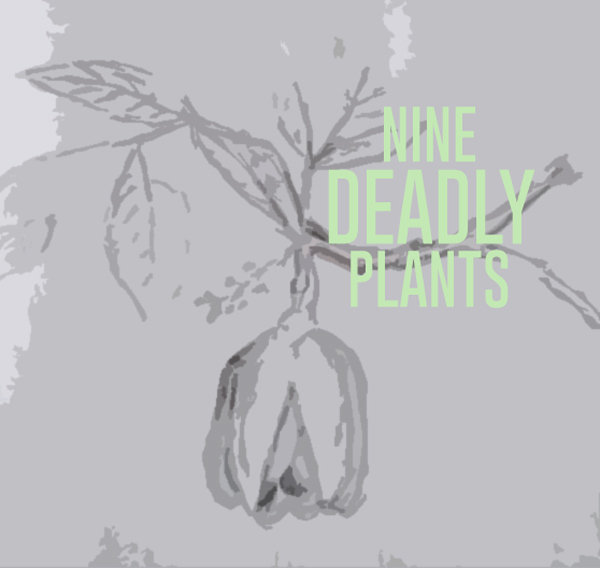
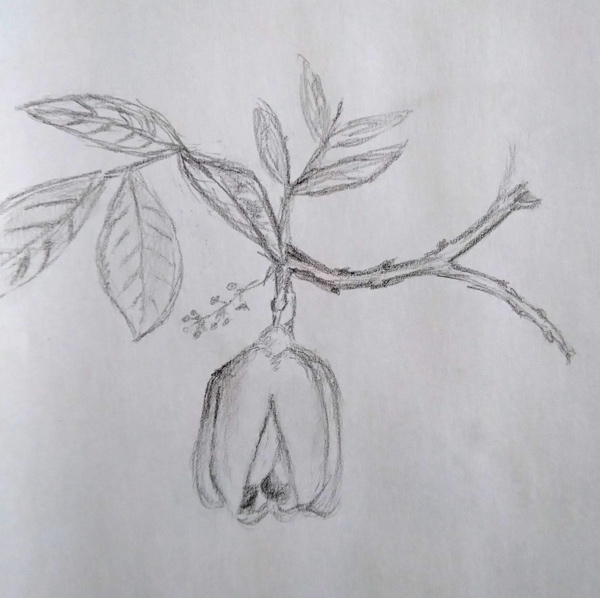
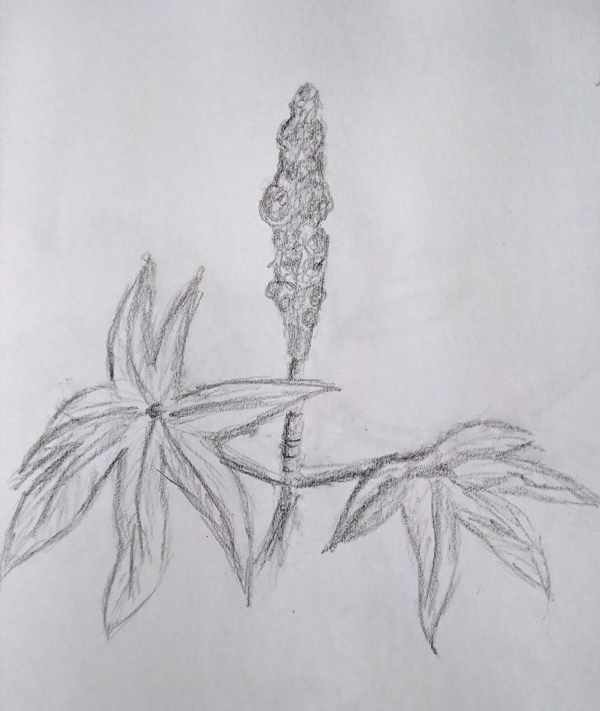

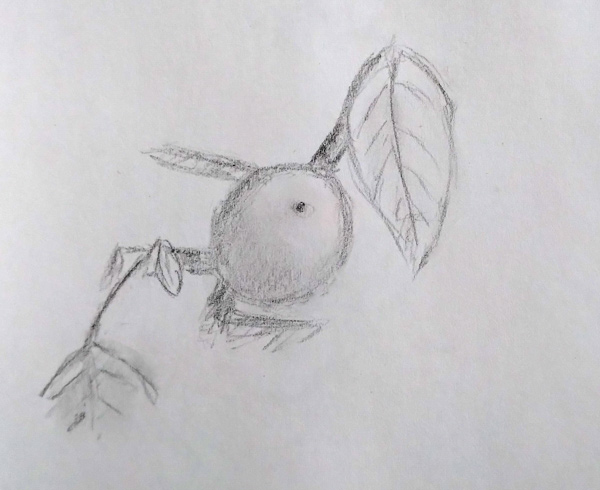
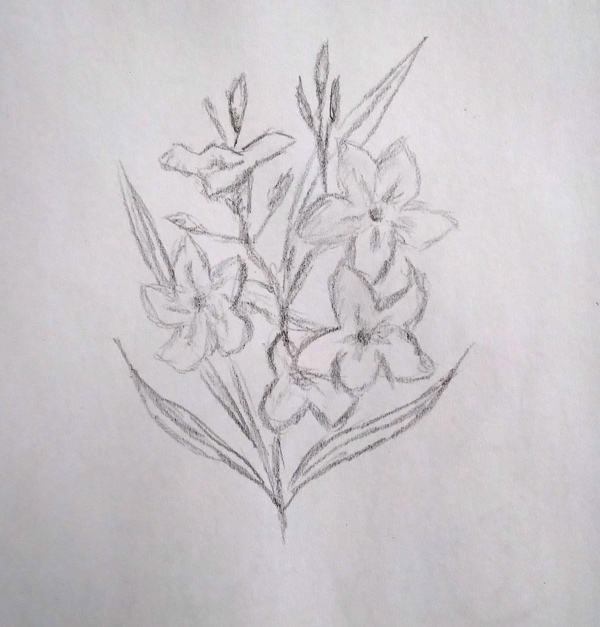
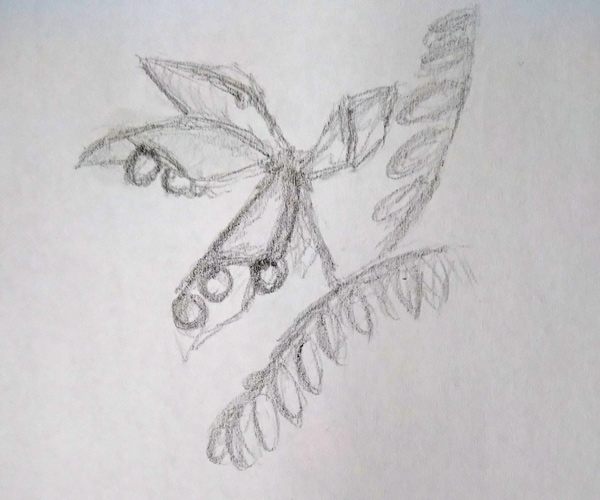
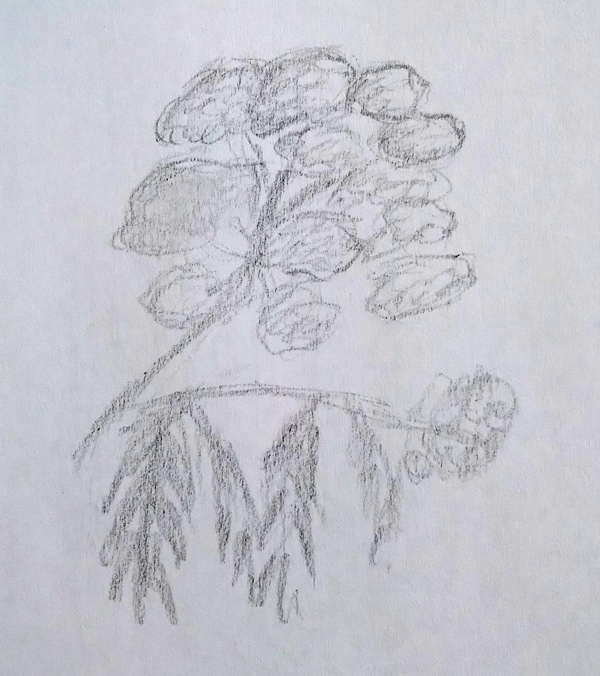
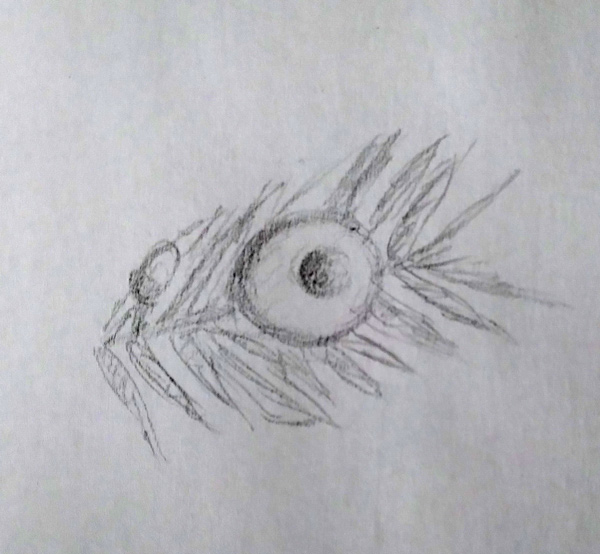
22 comments
Death AND THEN blurred vision? Wow!
Hehheh.
“The light at the end of the tunnel is all blurry!”
Thie author and illustrator haveome serious talent!
Thank you, Dan.
Very well written and your drawings are awesome too. The Good Family must be so proud of you
Thanks, Sean!
Can poisonous plants be used for composting/ mulch? I read in Compost Everything how you’ll use Brazilian pepper. I have several Chinese Tallow trees and I’m trying to figure out if they can be useful or if I need to just get rid of them.
Yes, they can be used for composting and mulch.
Oleanders are only small if you trim them that way. Ours are taller than the house. Funny thing about yew. I knew they were poisonous, so was worried when I caught my free-ranging chickens eating the fruits. They LOVED those things! Apparently they don’t digest the seeds– no chickens were harmed.
Good to know. I’m glad your chickens didn’t eat the seeds.
As you know Oleander and Angel’s Trumpet are sold as landscape plants in SW FL, and probably elsewhere in FL. They are beautiful plants. BUT there are no warnings attached to the plants. I questioned a seller at a sanctioned Cooperative Extension sale about this and his response was nobody would eat these plants. His intellectual brilliance steered me clear of anything he was selling. And I got no response from the person in charge of the vendors
Haha. That vendor does not sound very smart.
Wow… very well written article! Thanks…I wasn’t aware of Oleander being toxic!
Thank you! It is good to know which plants are toxic and which are not.
Very informative article and I really like your drawings especially the angel’s trumpet. I look forward to learning more from you in the future, keep up the excellent work!
Thanks, Tina!
Very well written article and fantastic illustrations. Creativity seems to run in the family!
Thank you, Savana!
Nice article, Miss the Good.
Interestingly Deadly Nightshade is also the source of the medication Atropine which has various uses including blocking the absorption of nerve agents and pesticides in humans.
Very interesting. A handful of poisonous plants are used in certain medications.
[…] As you can see, medicinal plants are really useful. Maybe even more useful than poisonous plants. […]
Comments are closed.